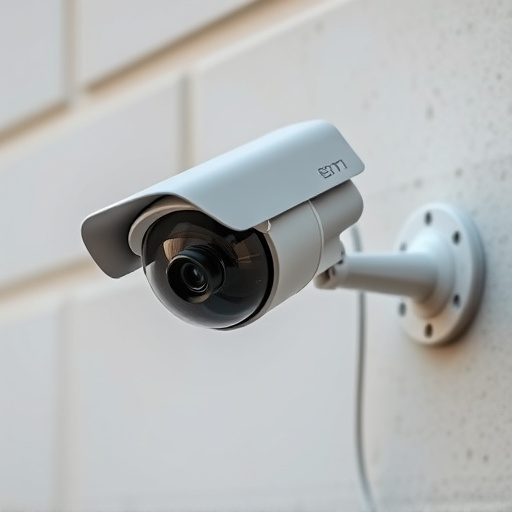Choosing the right placement strategy for dummy security cameras is crucial for enhancing surveillance effectiveness. These fake cameras, powered by long-lasting batteries, act as powerful deterrents against criminals by simulating active surveillance. When comparing to real cameras, dummy cameras have variable battery life influenced by factors like quality and power consumption. A strategic placement includes integrating both types of cameras to deter potential intruders through the illusion of constant surveillance, with regular maintenance for optimal performance. Battery life comparison aids in making informed decisions for robust security systems.
In today’s digital era, security is paramount for businesses and homes alike. Among the tools at our disposal are dummy security cameras, known for their strategic placement and cost-effectiveness. This article delves into understanding dummy camera placement strategies, offering insights on how to maximize their deterrence value. We’ll explore a crucial aspect: Dummy Cameras Battery Life Comparison. By examining real versus fake cameras’ endurance, readers will gain an edge in selecting the best option for enhanced security with long-lasting surveillance.
- Understanding Dummy Camera Placement Strategies
- Battery Life Comparison: Real vs Fake Cameras
- Effective Implementation and Maintenance Tips
Understanding Dummy Camera Placement Strategies
Choosing the right placement strategy for dummy security cameras is key to enhancing real camera systems’ effectiveness. These fake cameras, often powered by long-lasting batteries, serve as a powerful deterrent against potential criminals. By simulating active surveillance, they can significantly alter behavior in public spaces and private properties, acting as a cost-effective alternative or complement to real cameras.
When considering dummy camera placement, compare battery life across different models to ensure continuous operation without frequent replacements. This strategic decision allows for broader coverage and reduces the need for constant maintenance. Moreover, aligning the camera’s positioning with actual security protocols strengthens the overall surveillance system, providing a layered approach to safety that leaves would-be intruders uncertain and vigilant communities better protected.
Battery Life Comparison: Real vs Fake Cameras
When comparing dummy cameras, or fake security cameras, to real ones in terms of battery life, it’s crucial to understand the differences. Real security cameras, designed for constant surveillance, are built with efficient power management systems but ultimately require a consistent power source. In contrast, dummy cameras are often marketed as ‘wireless’ and ‘battery-powered’, but their actual operational duration varies widely.
A deeper dive into the battery life comparison reveals that while real security cameras may have longer operational lifespans on a single charge due to their optimized energy usage, dummy cameras’ battery life is more variable. Factors like battery quality, power consumption of the camera’s features (motion detection, infrared lighting), and environmental conditions all impact the operational duration. This variability makes it essential for buyers to thoroughly research specific models before making a purchase to ensure they get the desired level of protection or realism.
Effective Implementation and Maintenance Tips
An effective security camera placement strategy isn’t just about positioning real cameras; dummy cameras also play a crucial role in enhancing overall security. When integrated into your system, these fake cameras can deter potential criminals by creating the illusion of constant surveillance. To maximize their impact, strategically place them in areas where genuine cameras might be expected—like entry points, parking lots, and high-value asset locations. A simple battery life comparison between real and dummy cameras can guide your decision-making process; prioritize models with longer battery life for optimal performance over time.
Regular maintenance is vital for keeping your security system robust. For dummy cameras, this involves periodic checks to ensure they remain in place and visible. Clean them regularly to prevent dust buildup, which could affect their appearance. Additionally, keep an eye on the surrounding environment; replace or reposition them if necessary to maintain their deterrent effect. Remember, a well-maintained system, with both real and dummy cameras, sends a powerful message to would-be intruders.
In conclusion, dummy security cameras offer a cost-effective solution for enhancing home or business safety. When comparing battery life between real and fake cameras, it’s evident that strategically placing dummy cameras can significantly deter potential criminals without breaking the bank. By understanding effective placement strategies and implementing proper maintenance tips, you can maximize the benefits of these devices. Remember, while dummy cameras serve as a powerful deterrent, they are best used in conjunction with genuine security systems for comprehensive protection.
